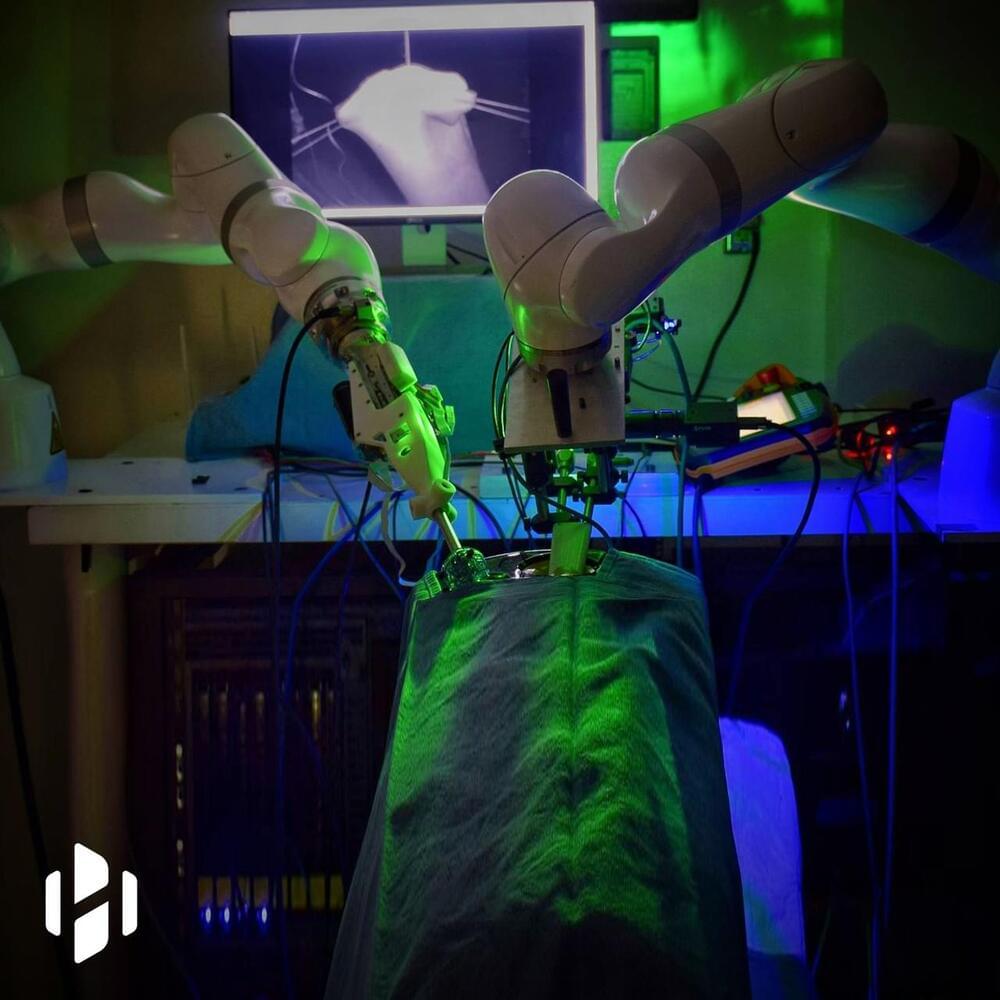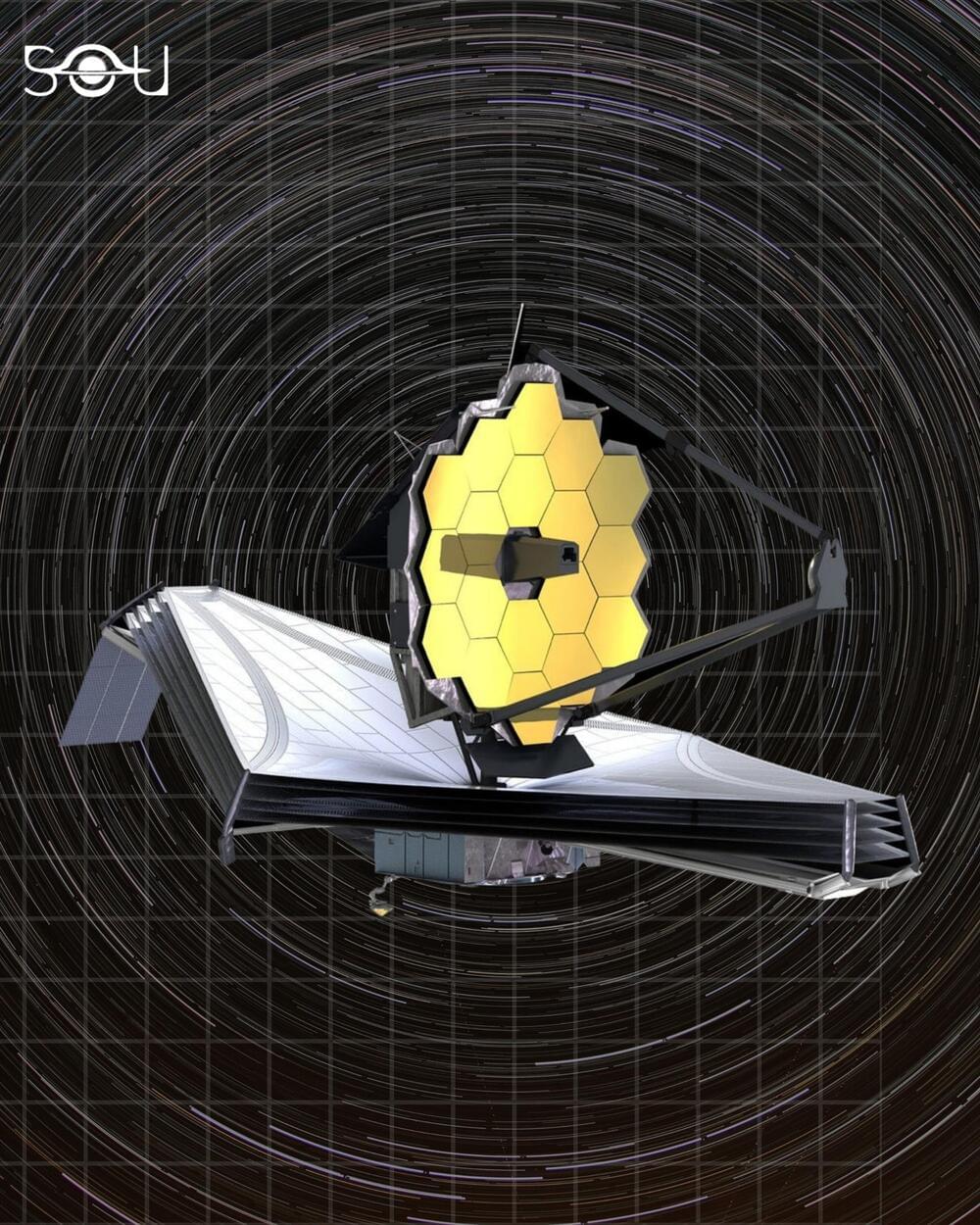You kinda need those.
The U.S. Air Force is down dozens of flyable F-35s due to a maintenance and spare parts crunch. An official in charge of the F-35 program says nearly one in seven of the Air Force’s F-35s can’t fly at all, with some planes awaiting engines that need to be refurbished sooner than anticipated.
Air Force Lt. Gen Eric Fick, the head of the F-35 program office, says 46 F-35s worldwide are in “Mission Impaired Capability Awaiting Parts” (MICAP) status, meaning they’re unable to fly missions until fixed. The breakdown, according to Military.com, includes 41 U.S. Air Force F-35As, one Navy F-35C, and one Marine Corps F-35. Three more aircraft belonging to international F-35 customers are MICAP.









